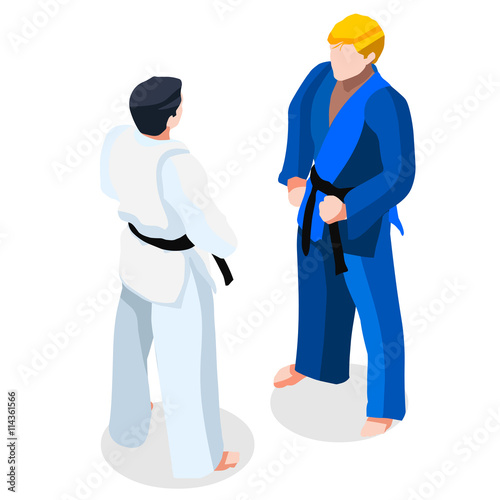The Growth And Historic Context Of Martial Arts Worldwide
The Growth And Historic Context Of Martial Arts Worldwide
Blog Article
Published By-Padilla Silverman
Martial arts have a remarkable background that covers centuries and continents. You may locate it intriguing exactly how ancient practices like Shuai Jiao and Kalaripayattu laid the groundwork for modern-day fight methods. These disciplines not only stress physical skills yet additionally mirror the societies that birthed them. As you discover their evolution, think about how globalization has actually transformed these standard kinds right into crossbreed styles. What impacts do you think have shaped today's martial arts landscape?
Ancient Martial arts: The Foundations of Fight
As you look into the world of old martial arts, you'll discover the rich foundations that formed combat methods throughout cultures. Very early techniques concentrated on Self-Defense and survival, commonly including strikes, grappling, and weaponry.
In ancient China, for example, strategies like Shuai Jiao emphasized tosses and joint locks, while India's Kalaripayattu showcased dexterity and fluid movement. Japanese samurai established Kenjutsu, a refined swordsmanship that highlighted technique and approach.
These martial arts offered not just for battle however likewise as a means of individual growth, instilling values like regard and determination. The blending of these techniques with time prepared for the varied martial arts you see today, each showing the one-of-a-kind viewpoints and demands of its culture.
The Social Impact on Martial Arts Growth
While martial arts frequently reflect the useful requirements of a society, they additionally personify the cultural worths and ideas of their origins. When which martial arts is the best for street fights check out different martial arts, you'll discover exactly how they're affected by religion, viewpoint, and social standards.
For instance, the focus on respect and technique in Japanese martial arts stems from Zen Buddhism and samurai culture. On the other hand, Brazilian Jiu-Jitsu promotes versatility and approach, formed by the requirement for performance in a diverse, modern atmosphere.
You may locate that the rituals, attires, and training methods reflect a community's history and identity. By understanding these social influences, you deepen your appreciation of martial arts and their function in shaping human experiences across the globe.
Modern Adaptations and the Globalization of Martial arts
Martial arts have changed significantly in current decades, adapting to contemporary culture and international influences. You'll notice that conventional kinds have blended with contemporary strategies, producing hybrid styles like mixed martial arts. These adjustments accommodate diverse target markets, making martial arts easily accessible and attractive around the world.
With the rise of social media and digital platforms, you can discover tutorials and competitors from all corners of the world, damaging geographical obstacles. linked internet page has brought about a shared recognition for numerous self-controls, from Brazilian Jiu-Jitsu to Taekwondo.
As you engage with these arts, you'll realize they're not almost combat; they advertise health and fitness, self-control, and mental health.
Inevitably, modern-day adjustments have actually improved the martial arts landscape, making it a vibrant and evolving method.
Final thought
In discovering the background and evolution of martial arts, you reveal a remarkable mix of techniques, societies, and approaches. From old disciplines like Shuai Jiao and Kalaripayattu to the modern flexibility seen in MMA, martial arts reflect mankind's quest for Self-Defense and personal development. As you involve with these techniques, you not just acquire abilities however additionally a much deeper admiration for the diverse traditions that shape our world today. So, continue your journey and embrace the art of battle!
